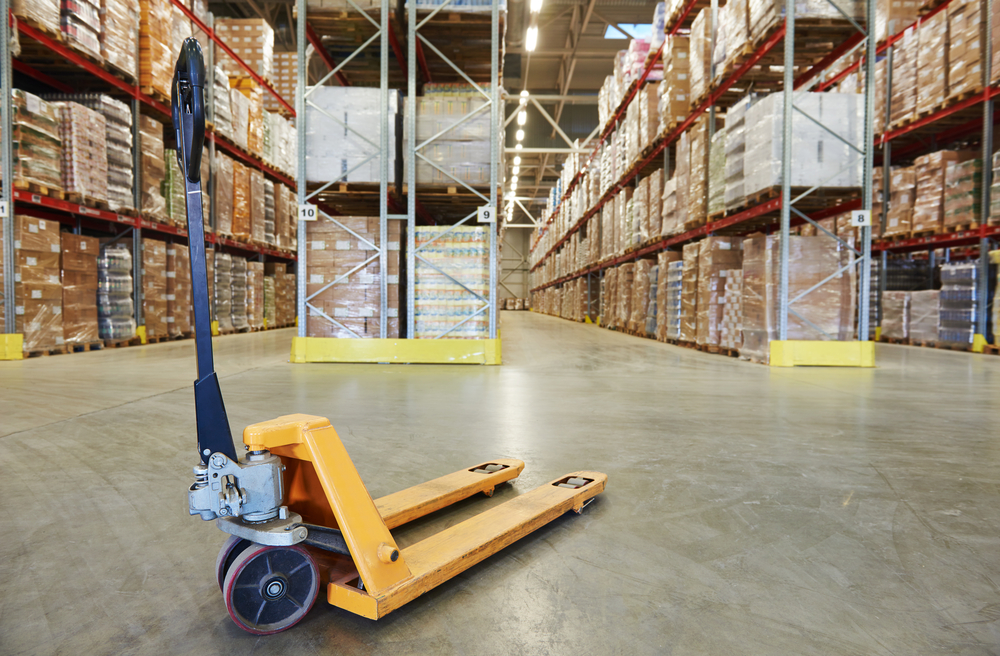When outfitting a warehouse, selecting the right equipment is crucial for efficiency and safety. Understanding your specific needs and the available options can significantly impact your operational success. This guide delves into the essential considerations for making informed decisions when purchasing warehouse equipment.
Understanding Your Warehouse Needs
Before diving into the array of available equipment, it’s essential to evaluate your warehouse’s unique requirements. Consider the size of your warehouse, the nature of the goods you’ll be handling, and the workflow you aim to establish.
This foundational understanding will help you determine the type and scale of equipment needed to optimize operations. It will also prevent costly mistakes and inefficiencies that can arise from purchasing inappropriate or unnecessary equipment.
Prioritising Storage Solutions
Efficient storage solutions maximize space and enhance accessibility. Shelving units, pallet racking, and mezzanine floors are common choices.
Shelving units are versatile and can be customized to fit different sizes and types of goods. Pallet racking is essential for storing bulk items and allows for easy access with forklifts, while mezzanine floors create additional storage space without expanding the warehouse’s footprint. Consider the layout of your warehouse and the types of items you’ll store to choose the best storage solutions.
Evaluating Material Handling Equipment
Material handling is at the core of warehouse operations. Forklifts, pallet jacks, conveyor systems, and conveyor belt rollers are among the primary tools you’ll need. That is, of course, if you don’t already have all of this equipment.
Again, it’s critical to evaluate your needs and determine which material handling equipment is necessary for uninterrupted and efficient workflow. Once you have a clear understanding of these requirements, you can make informed decisions to invest in the appropriate equipment.
Ensuring Safety with Protective Equipment
Workplace safety should be a top priority in any warehouse setting. Protective equipment plays a crucial role in preventing accidents and injuries. Guardrails, for instance, can help create clear boundaries for work areas, ensuring that personnel remain safe from moving equipment.
Safety barriers and netting add another layer of protection, making it easier to maintain organized and secure zones within the warehouse. By investing in these safety measures, you not only safeguard your employees but also enhance overall productivity, as a safe environment leads to fewer accidents and less downtime.
Choosing the Right Lifting Equipment
Lifting equipment, including hoists, cranes, and lift tables, is essential for handling heavy items in a warehouse. These tools play a critical role in ensuring that heavy and bulky goods are moved efficiently and safely, reducing the physical strain on workers and minimizing the risk of injury.
When choosing the right lifting equipment, it’s crucial to consider the weight and dimensions of the items you’ll be handling. Hoists are ideal for vertical lifting and are particularly useful for tasks that require lifting goods to different levels. Cranes, on the other hand, are excellent for moving heavy items horizontally across larger distances.
Integrating Automation and Technology
Integrating automation and technology into warehouse operations can yield substantial improvements in efficiency and accuracy. Automation reduces reliance on manual labor, mitigates human errors, and enhances overall productivity.
Automated guided vehicles, for example, automate the movement of goods within the warehouse, reducing the need for manual transportation and streamlining logistical operations. Robotic picking systems further automate the picking process, increasing picking accuracy and speed, and thereby improving order fulfillment rates.
Considering Ergonomic Solutions
Ergonomic solutions are designed to improve the comfort and productivity of your workforce. Adjustable workstations, anti-fatigue mats, and ergonomic tools can reduce the risk of repetitive strain injuries and enhance employee satisfaction.
Adjustable workstations allow workers to modify the height and position of their workspace, accommodating different tasks and individual preferences. Anti-fatigue mats provide cushioning, reducing the physical strain of standing for long periods. Ergonomic tools, such as hand trucks and carts, can make it easier to transport goods, reducing the risk of injury.
Assessing Total Cost of Ownership
While the upfront cost of equipment is a significant consideration, it’s essential to evaluate the total cost of ownership. TCO includes maintenance, repair, and operating costs over the equipment’s lifespan.
Opting for durable, high-quality equipment may involve a higher upfront investment, yet it often leads to long-term savings by minimizing maintenance needs and extending the equipment’s lifespan. You should also consider the availability of spare parts and the manufacturer’s reputation for customer support when making your decision.
Seeking Expert Advice
Navigating the myriad of warehouse equipment options can be overwhelming. Consulting with experts in the field can provide valuable insights and recommendations tailored to your specific needs.
Equipment suppliers, industry consultants, and professional organizations can offer guidance on the best solutions for your warehouse. Engaging with experts ensures that you make informed decisions and invest in equipment that will optimize your warehouse operations.
Conclusion
Selecting the right warehouse equipment involves a comprehensive understanding of your needs, careful evaluation of options, and consideration of future growth. Prioritizing safety, efficiency, and ergonomics will enhance your operations while investing in energy-efficient and scalable solutions positions your warehouse for long-term success.

Comments